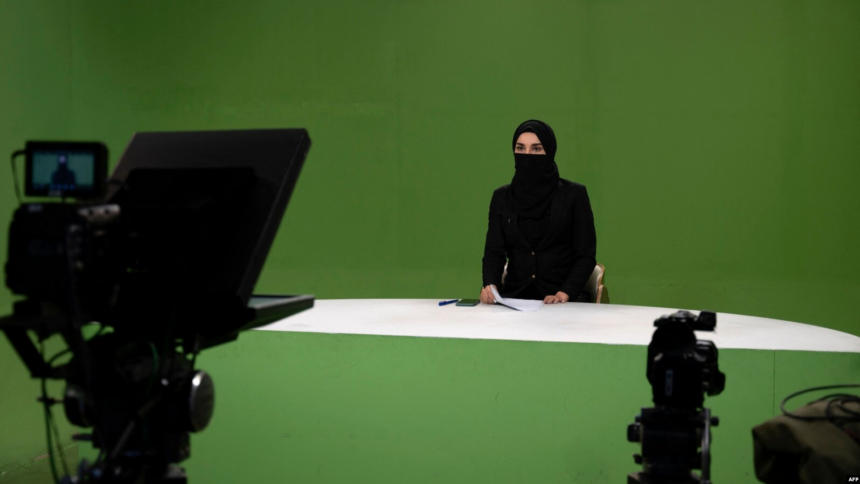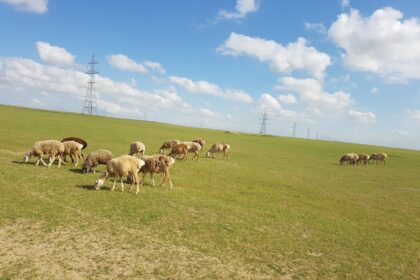RASC News Agency: In its latest authoritarian maneuver, the Taliban’s Ministry for the Promotion of Virtue and Prevention of Vice has banned the publication and broadcast of images depicting “living beings” in the provinces of Faryab and Daykundi. This directive enforced under Article 17 of the group’s “Virtue and Vice Law” has now been implemented across 17 provinces, according to the Afghanistan Journalists Center. The growing enforcement of this policy has sparked alarm among media professionals, human rights advocates, and international observers.
The foundation for this visual censorship was laid in August of last year, when Taliban leader Hibatullah Akhundzada ratified a decree titled the Law on the Promotion of Virtue and Prevention of Vice. Article 17 explicitly prohibits the dissemination of images of “zindajan” a term the Taliban uses to refer to beings with souls, whether human or animal. Rooted in a strict interpretation of Hanafi jurisprudence and a rigid doctrinal worldview, the law has severely constricted journalistic freedom and crippled visual media across the country. Forced Shutdown of Broadcasters: In several provinces, local television channels including the Taliban’s own state-run networks have ceased visual broadcasting altogether, effectively crippling the audiovisual dimensions of journalism. Sweeping Censorship: Journalists are no longer permitted to film events, conduct on-camera interviews, or produce visual reports. This has drastically reduced public access to reliable and visual information.
Psychological Intimidation of Journalists: Media professionals now operate under constant threat, facing coercion, harassment, and potential reprisal. As a result, self-censorship has become a widespread survival tactic. Disappearance of Public Figures: From teachers and students to artists, civil activists, and medical professionals, individuals once visible in public discourse are now being erased from the media landscape. This systematic invisibilization undermines the recognition of societal contributors. Gender Erasure: Already marginalized, women are now entirely excluded from the media’s visual narrative. This symbolic annihilation deepens their societal silencing and erodes their cultural identity.
Toward a Muted Society: With both voice and image suppressed, avenues for social dialogue, cultural expression, and educational content are being systematically dismantled, plunging Afghanistani society into visual and intellectual darkness. Breach of Fundamental Freedoms: The Taliban’s media edicts directly contravene Article 19 of both the Universal Declaration of Human Rights and the International Covenant on Civil and Political Rights, which enshrine the right to freedom of expression and access to information. International Alarm: Prominent watchdogs including Reporters Without Borders (RSF), the Committee to Protect Journalists (CPJ), and multiple UN agencies have condemned these measures as flagrant violations of international norms and press freedoms.
Monopolizing the Narrative: By eliminating independent images and voices, the Taliban seeks to impose a singular, ideologically-driven narrative and suppress all forms of dissent. Engineering a Controlled Media Environment: The ban is part of a broader attempt to dismantle free media and replace it with state-sanctioned religious propaganda aimed at reshaping public consciousness. Erasing Evidence of Oppression: The prohibition of visual documentation acts as a strategic barrier against the exposure of the Taliban’s human rights abuses, violent crackdowns, and arbitrary detentions.
The Taliban’s ban on visual representations of living beings represents more than a cultural imposition it is a deliberate attempt to erase the human face of Afghanistan from both its internal narrative and the global stage. This systematic suppression of visual media forms part of a broader authoritarian strategy to control national thought, limit transparency, and extinguish the democratic and civic life of the Afghanistani people. If left unchallenged, the result will be a silenced society robbed not only of its voice but also of its very image.






